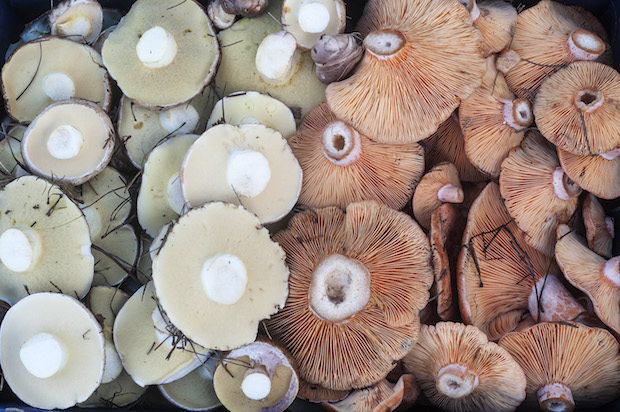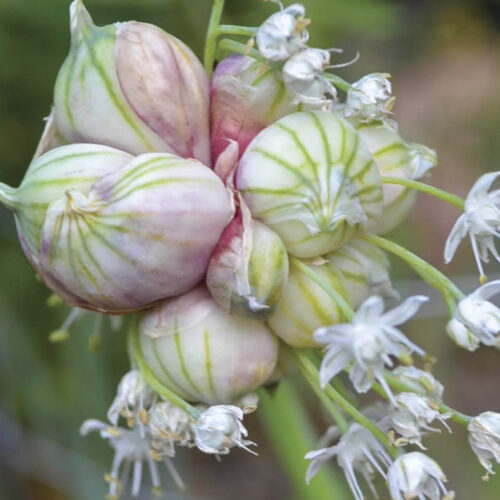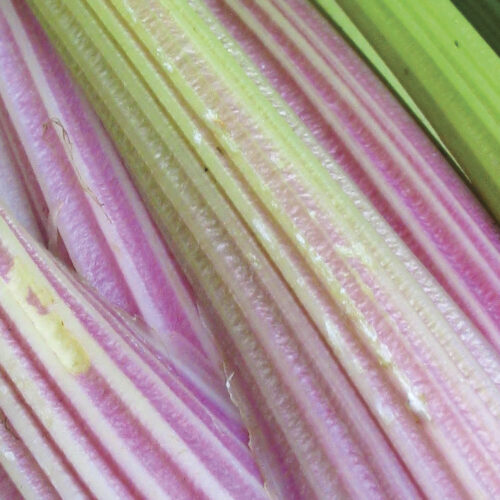Foraging and growing your own fungi
2018-04-04T14:00:01+10:00
Fungus expert and photographer Alison Pouliot explores these tasty morsels.
People have foraged for wild foods including fungi since the beginning of time. More recently, a growing band of foragers is discovering the delights of wild edible mushrooms. Two of the more commonly foraged species in Australia are the saffron milk cap (Lactarius deliciosus) and the slippery jack (Suillus luteus and S. granulatus). However, unlike many European and Asian cultures that have long traditions of eating wild mushrooms, less is known about the edibility of Australian fungi. Hence, those out foraging need to be able to differentiate the desirable from the deadly. Unfortunately the various folkloric sayings about edible fungi always have their poisonous exceptions. Deadly fungi accompany the many edible fungi that can be found in local environments. For example, the appropriately named death cap (Amanita phalloides) and the poisionous (but non-lethal) yellow stainer (Agaricus xanthodermus) are becoming more widespread. Every forager should be able to recognise these species.
Fungal poisoning can occur from eating raw but also cooked fungi. Most fungi that cause human poisoning cannot be made nontoxic by cooking, canning, freezing, or any other means of processing. Hence, the only way to avoid poisoning is to avoid consuming toxic species. One great way to do this is to grow your own! Heres a few tips on growing your own fungi
A great range of commercial mushroom growing kits is available with some of the more popular species being various types of oyster mushrooms (Pleurotus), button mushrooms (Agaricus bisporus) and shiitake (Lentinus edodes). The great advantage of a kit is that the work preparing a suitable substrate (often loose sawdust or a sawdust block or log that has been inoculated) and growing the mycelium, has already been done. You just need to follow the step-by-step instructions and supply suitable growing conditions – sufficient ventilation, water, shade, suitable temperature – and a good dose of patience!
Other than the obvious advantage of minimising the risks involved with mis-identifications in wild foraging, growing mushrooms is great fun and educational. Both children and adults alike can learn about the fungus life cycles and directly witness the developmental stages as the mushrooms mature. Growing mushrooms is also a step toward the satisfaction of self-sufficiency, with the added advantage of knowing where your food is coming from. Make sure the kit you buy is certified organic. In addition to providing new taste experiences and culinary discoveries, growing mushrooms also offers the sheer delight of experiencing these curious organisms in all their beauty, forms and colours as they manifest before your eyes. Watching things grow and thrive is inherently pleasing and often fosters a greater appreciation of wild fungi and their greater ecological significance in the natural environment.
Now you know more about foraging and growing your own fungi!






